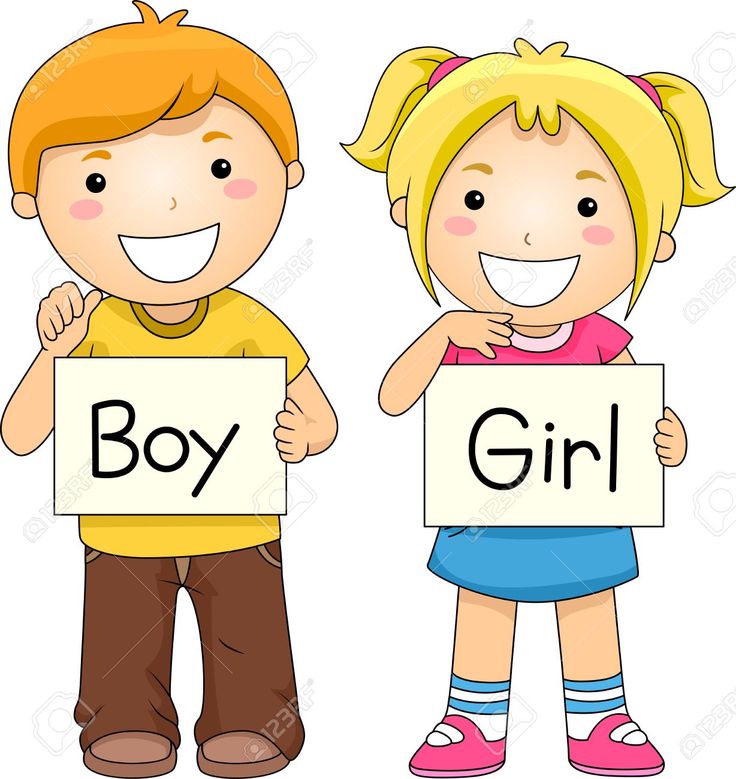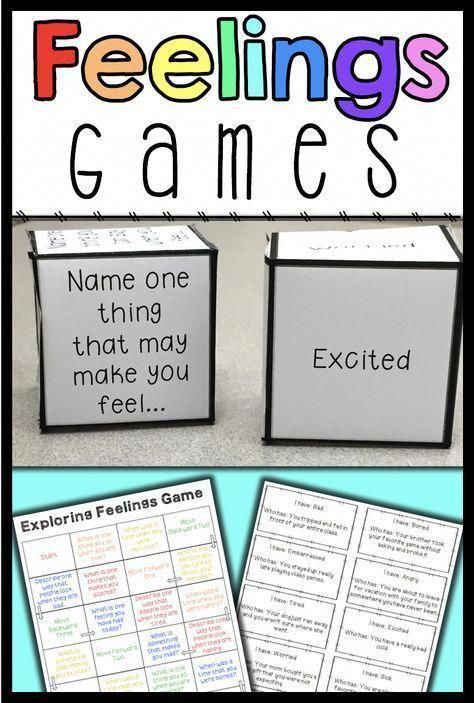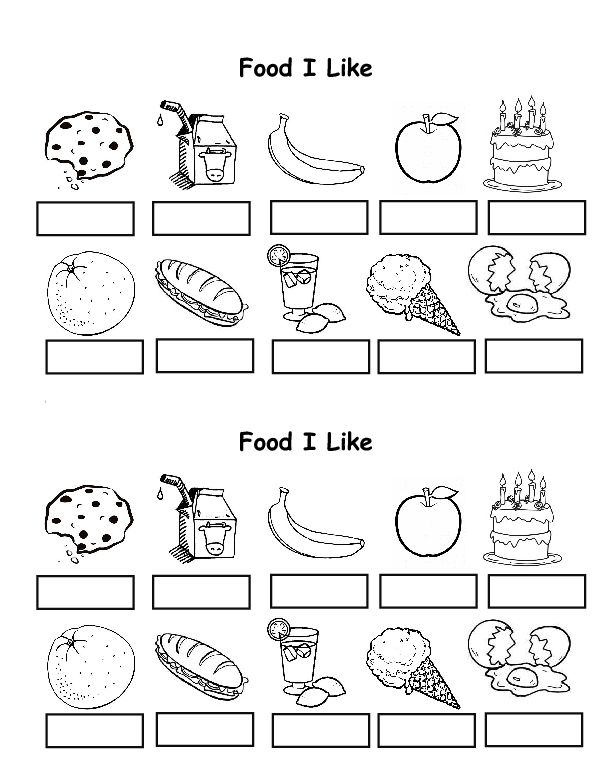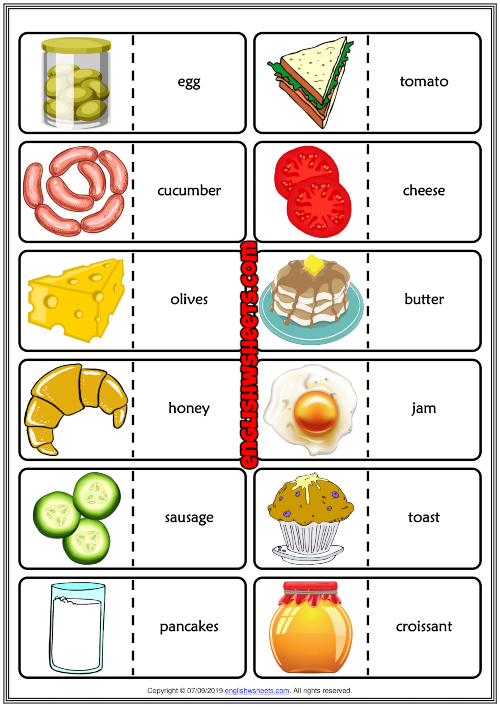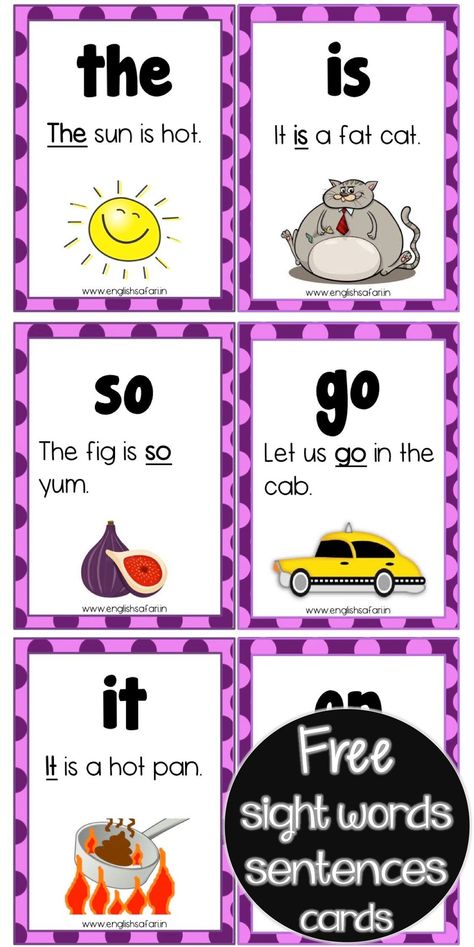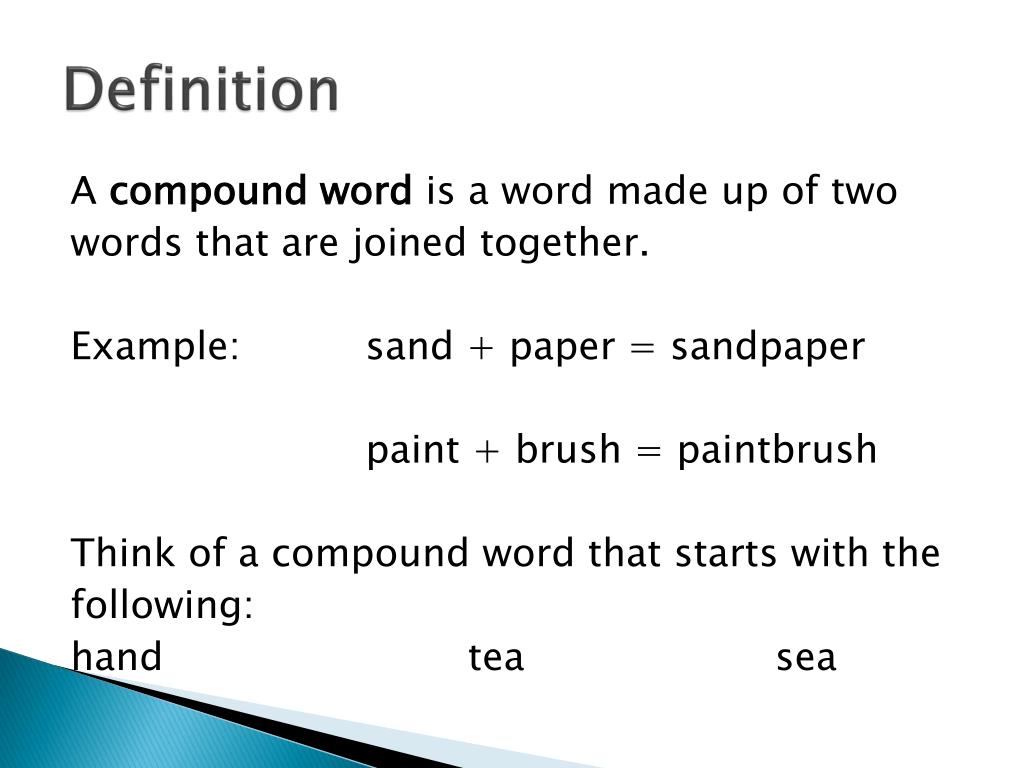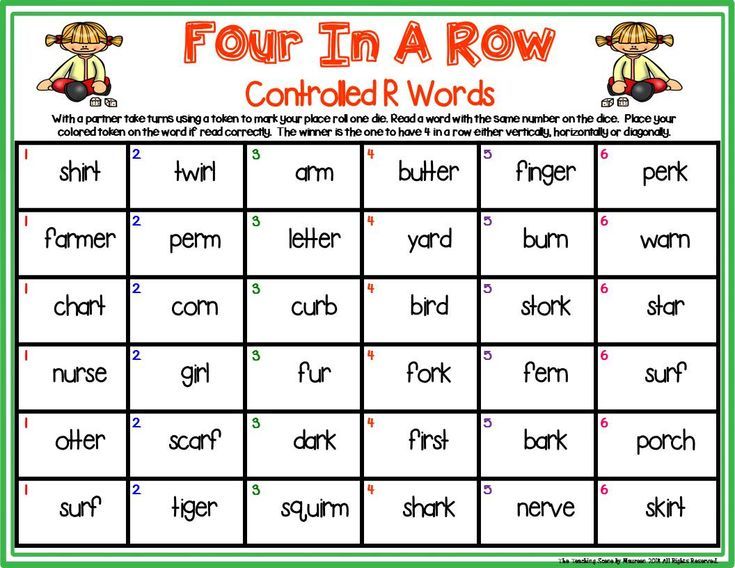Teaching 1 year old words
Tips on Learning to Talk
This article gives a brief introduction to language development and includes age-appropriate activities for children birth to 3 years old who are learning to talk.
Learning to talk is a process that starts at birth, when your baby experiences how voices can sound. By 2 years old, most babies have a large vocabulary and can put words together to express their needs and ideas. Let’s see how this process unfolds and what you can do to encourage your baby’s ability to communicate.
Learning to Talk: From Birth to 3 Months
Your baby listens to your voice. He coos and gurgles and tries to make the same sounds you make. You can help your baby learn how nice voices can be when you:
- Sing to your baby. You can do this even before he is born! Your baby will hear you.
- Talk to your baby. Talk to others when she is near. She won’t understand the words, but will like your voice and your smile. She will enjoy hearing and seeing other people, too.
- Plan for quiet time. Babies need time to babble and play quietly without TV or radio or other noises.
From 3 to 6 Months
Your baby is learning how people talk to each other. You help him become a “talker” when you:
- Hold your baby close so he will look in your eyes.
- Talk to him and smile.
- When your baby babbles, imitate the sounds.
- If he tries to make the same sound you do, say the word again.
From 6 to 9 Months
Your baby will play with sounds. Some of these sound like words, such as “baba or “dada.” Baby smiles on hearing a happy voice, and cries or looks unhappy on hearing an angry voice. You can help your baby understand words (even if she can’t say them yet) when you:
- Play games like Peek-a-Boo or Pat-a-Cake. Help her move her hands along with the rhyme.
- Give her a toy and say something about it, like “Feel how fuzzy Teddy Bear is.”
- Let her see herself in a mirror and ask, “Who’s that?” If she doesn’t respond, say her name.
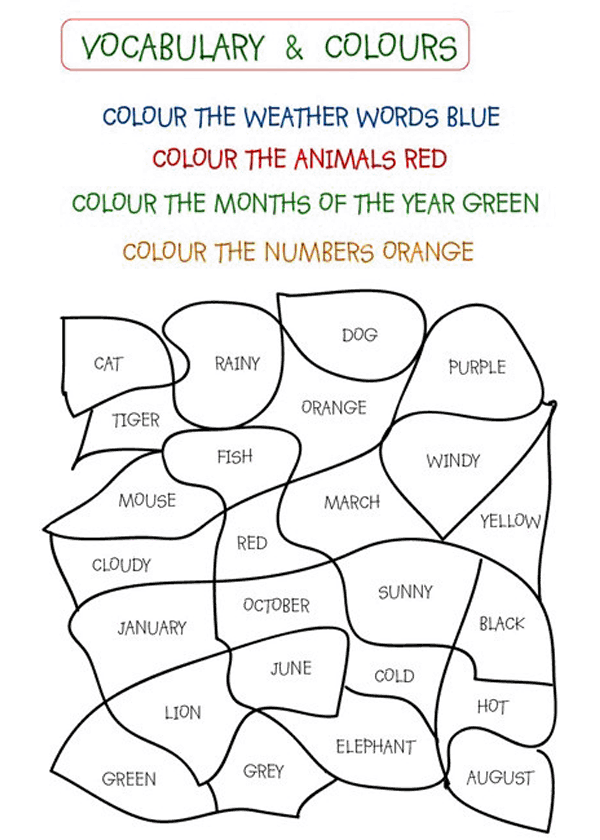
- Ask your baby questions, like “Where’s doggie?” If she doesn’t answer, show her where.
From 9 to 12 Months
Your baby will begin to understand simple words. She stops to look at you if you say “no-no.” If someone asks “Where’s Mommy?” she will look for you. She will point, make sounds, and use her body to “tell” you what she wants. For example she may look up at you and lift her arms up to show you she “wants up.” She may hand you a toy to let you know she wants to play. You can help your baby “talk” when you: Show her how to wave “bye-bye.”
From 12 to 15 Months
Babies begin to use words. This includes using the same sounds consistently to identify an object, such as “baba” for bottle or “juju” for juice. Many babies have one or two words and understand 25 or more. He will give you a toy if you ask for it. Even without words, he can ask you for something—by pointing, reaching for it, or looking at it and babbling. You can help your child say the words he knows when you:
- Talk about the things you use, like “cup,” “juice,” “doll.
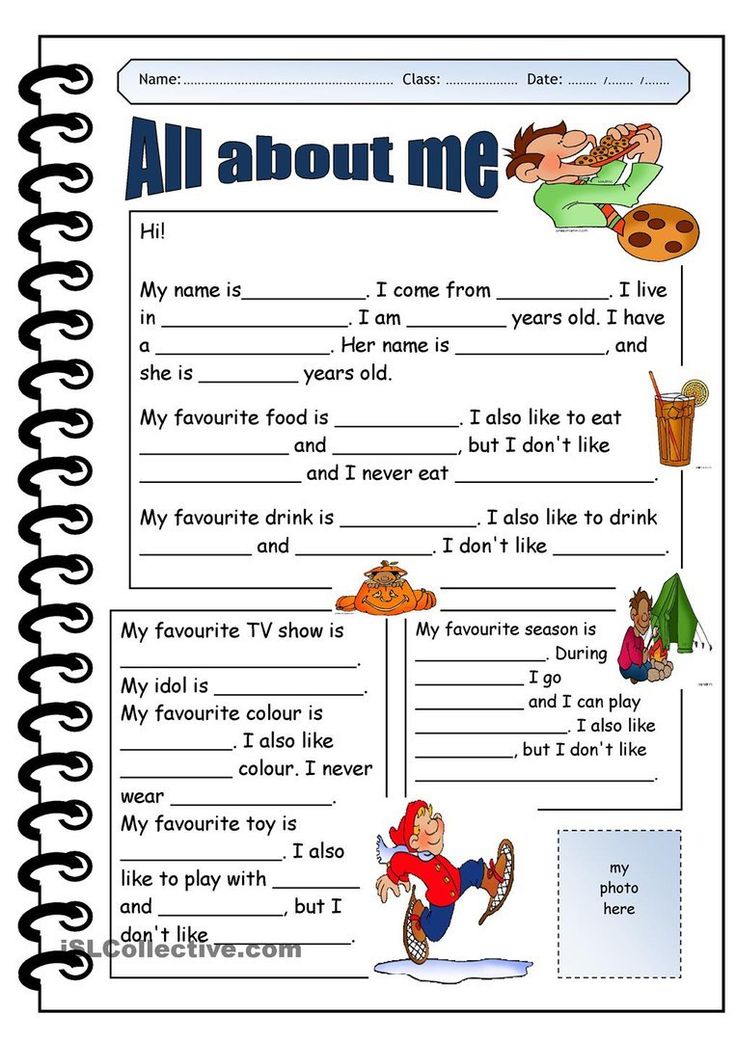 ” Give your child time to name them.
” Give your child time to name them. - Ask your child questions about the pictures in books. Give your child time to name things in the picture.
- Smile or clap your hands when your child names the things that he sees. Say something about it. “You see the doggie. He’s sooo big! Look at his tail wag.”
- Talk about what your child wants most to talk about. Give him time to tell you all about it.
- Ask about things you do each day—“Which shirt will you pick today?” “Do you want milk or juice?”
- Build on what your child says. If he says “ball,” you can say, “That’s your big, red ball.”
- Introduce pretend play with your child’s favorite doll or toy animal. Include it in your conversations and your play. “Rover wants to play too. Can he roll the ball with us?”
From 15 to 18 Months
Your child will use more complex gestures to communicate with you and will continue to build her vocabulary. She may take your hand, walk you to the bookshelf, point to a book and say “buk” to say, “I want to read a book with you.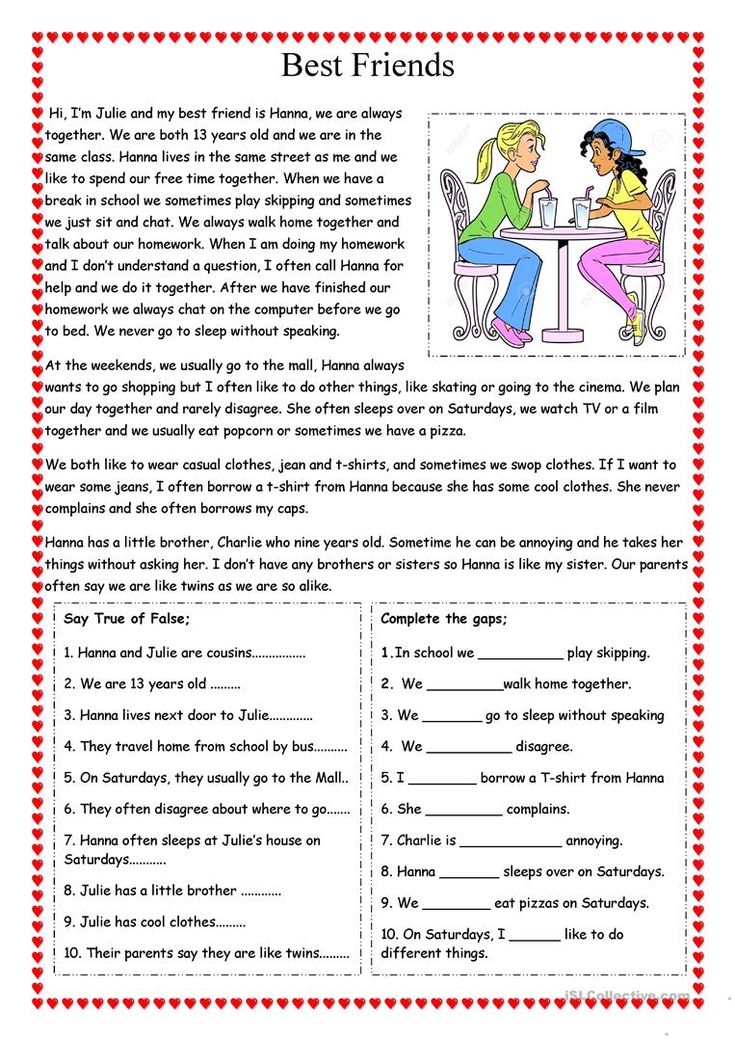 ” You can help your child talk with you when you:
” You can help your child talk with you when you:
- Tell her “Show me your nose.” Then point to your nose. She will soon point to her nose. Do this with toes, fingers, ears, eyes, knees and so on.
- Hide a toy while she is watching. Help her find it and share in her delight.
- When he points at or gives you something, talk about the object with her. “You gave me the book. Thank you! Look at the picture of the baby rolling the ball.”
From 18 Months to 2 Years
Your baby will be able to follow directions and begin to put words together, such as “car go” or “want juice.” He will also begin to do pretend play which fosters language development. You can spur your child’s communication skills when you:
- Ask your child to help you. For example, ask him to put his cup on the table or to bring you his shoe.
- Teach your child simple songs and nursery rhymes. Read to your child. Ask him to point to and tell you what he sees.
- Encourage your child to talk to friends and family.
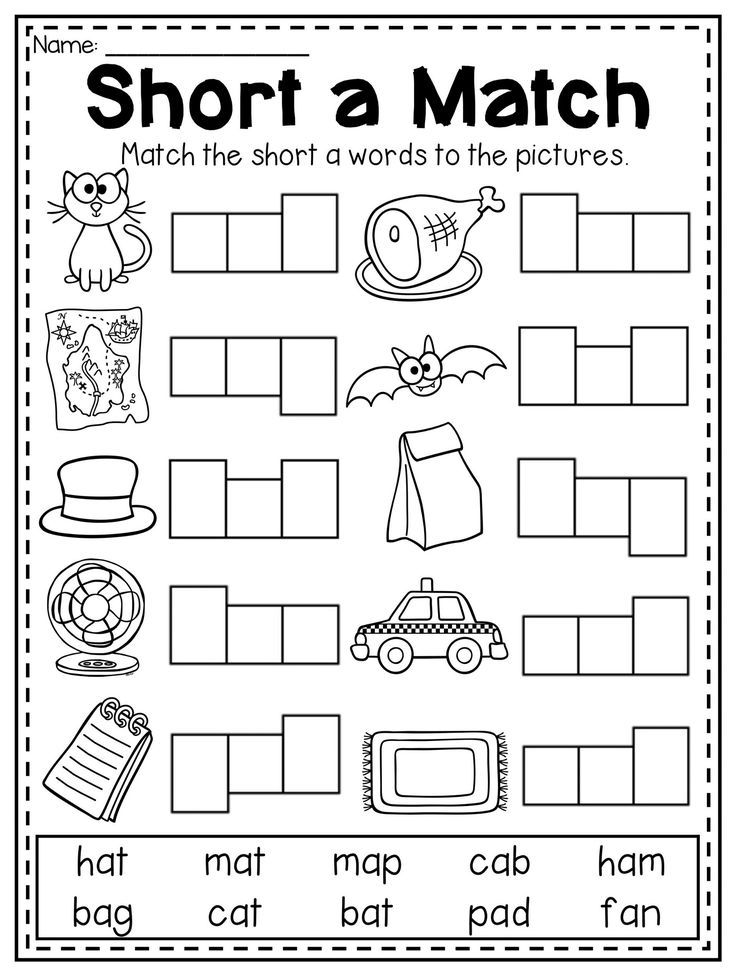 He can tell them about a new toy.
He can tell them about a new toy. - Engage your child in pretend play. You can talk on a play phone, feed the dolls, or have a party with the toy animals.
From 2 to 3 Years
Your child’s language skills will grow by leaps and bounds. He will string more words together to create simple sentences, such as “Mommy go bye-bye.” He will be able to answer simple questions, such as “Where is your bear?” By 36 months he will be able to answer more complicated questions such as, “What do you do when you are hungry?” He will do more and more pretend play, acting out imaginary scenes such as going to work, fixing the toy car, taking care of his “family” (of dolls, animals).
You can help your child put all his new words together and teach him things that are important to know when you:
- Teach your child to say his or first and last name.
- Ask about the number, size, and shape of the things your child shows you.
- Ask open-ended questions that don’t have a “yes” or “no” answer.
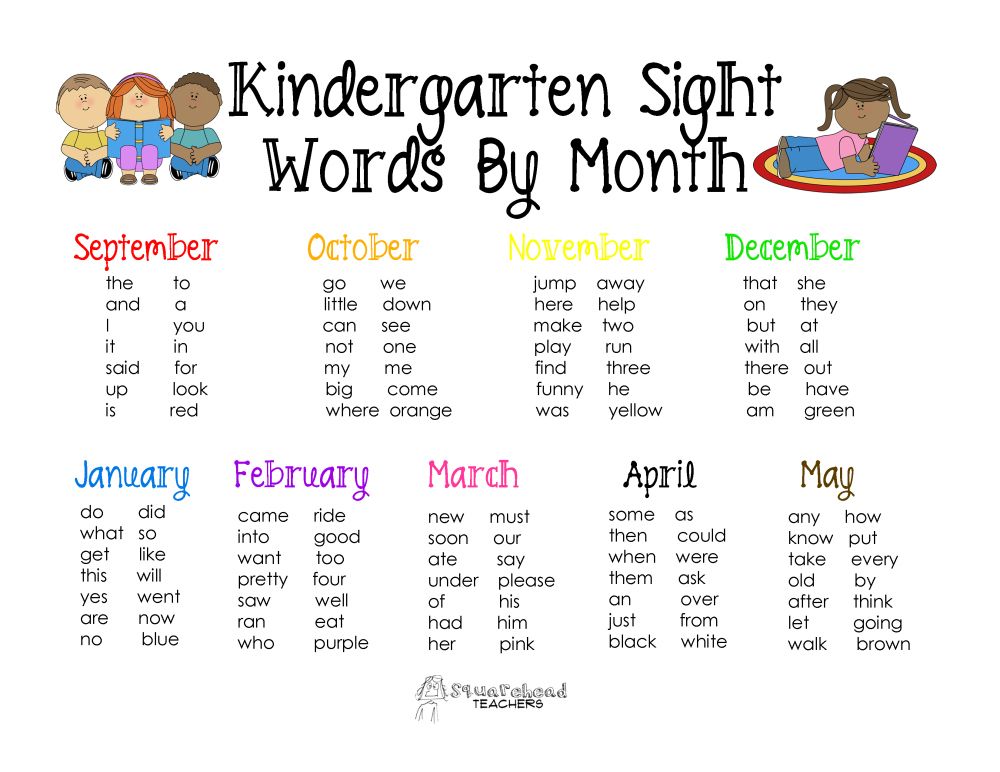 This helps them develop their own ideas and learn to express them. If it’s worms, you could say: “What fat, wiggly worms! How many are there?…Where are they going? Wait, watch and listen to the answer. You can suggest an answer if needed: “I see five. Are they going to the park or the store?”
This helps them develop their own ideas and learn to express them. If it’s worms, you could say: “What fat, wiggly worms! How many are there?…Where are they going? Wait, watch and listen to the answer. You can suggest an answer if needed: “I see five. Are they going to the park or the store?” - Ask your child to tell you the story that goes with a favorite book. “What happened to those three pigs?” Reading spurs language development. Take him to storytime at your local library. Your toddler will enjoy sharing books with you as well as peers.
- Do lots of pretend play. Acting out stories and role-playing create rich opportunities for using, and learning, language.
- Don’t forget what worked earlier. For example, your child still needs quiet time. This is not just for naps. Turn off the TV and radio and let your child enjoy quiet play, singing, and talking with you.
(Note: This information was adapted, with permission, from Learning Link: Helping Your Baby Learn to Talk, by C.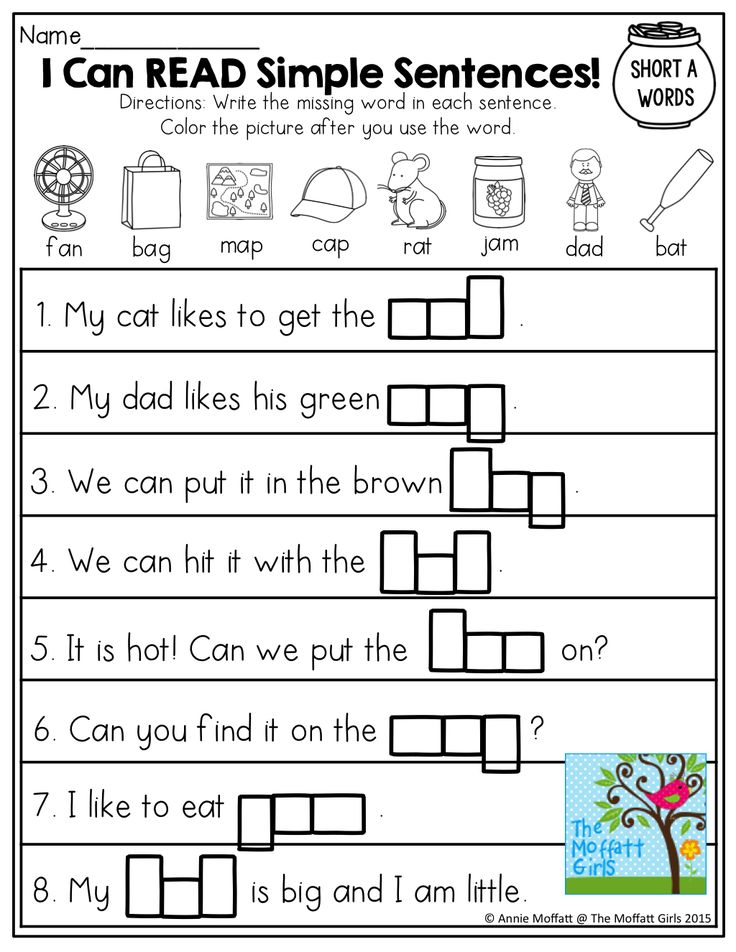 E. Morrisset Huebner and P. Lines, 1994, Washington, DC: U.S. Department of Education, Office of Educational Research and Improvement.)
E. Morrisset Huebner and P. Lines, 1994, Washington, DC: U.S. Department of Education, Office of Educational Research and Improvement.)
Ultimate Word list: Words to teach a One Year Old (free checklist)
by Alexa
When I went to the pediatrician for my son’s one-year-old checklist I was surprised by the question the doctor asked me.
I was prepared for the doctor to ask me how so many questions but you know what the main question was that I was surprised with? How many words does your one-year-old say?”
By the time your baby is 12 months old (one year old) he or she probably can say between one to three words. Before their 2nd birthday, they usually will say about 50 words.
Is your toddler talking enough?
What does enough mean? how many words should you teach a One Year Old?
Should you work on extra activities to teach your toddler to talk?
Language development is key during this year, but if you are asking what words should they know or what to focus on, this handy checklist will be your best friend!
Download the PDF below or folow along the guide.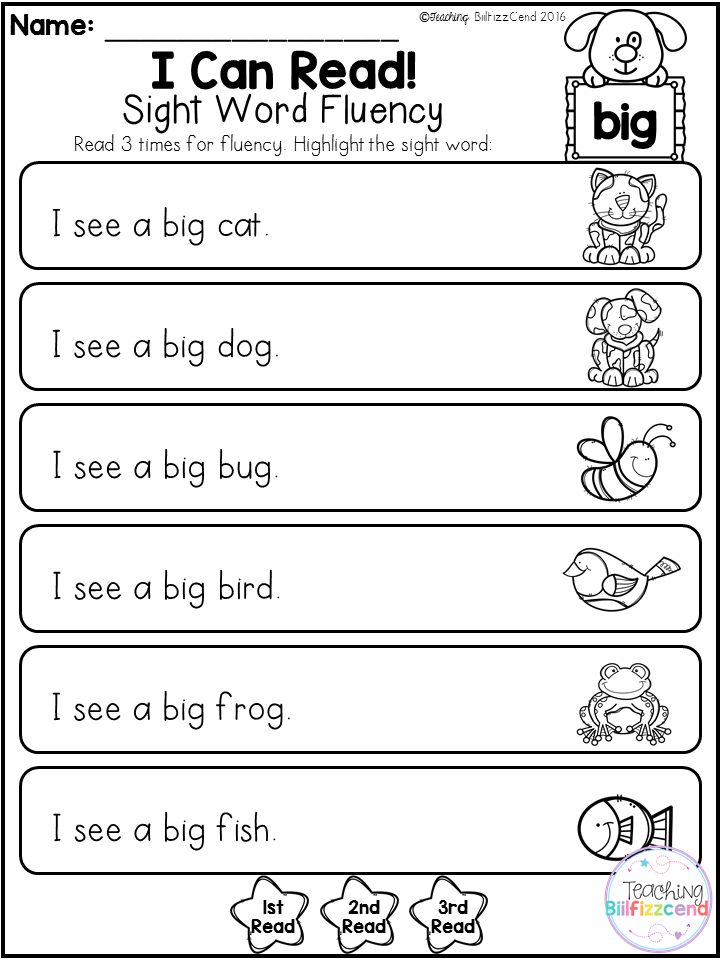
Before we get into the actual list, let me explain a few things so that you don’t freak out if your child is not talking like your next-door neighbor’s daughter and you can have the right expectations.
Your toddler might not be saying much but he/she can definitely understand more than he/she can say.
You may also notice other types of communication such as pointing, signing, and cooing. These are all forms of communication and great milestones to saying complete words that will eventually turn into sentences.
If your child is doing great with signing, continue to encourage that along with the words to give him/her the tools to communicate with you.
How many words can a one year old understand?
One thing is to understand the words and another is to speak them.
At 12 months old your toddler can understand about 50 words but can only be able to say 2-3 words.
How many words should a 1 year-old say?
From your toddler’s first birthday until the second they will go from saying 2-3 words to saying about 50 words!
What is a late talker?
By the age of 20 months, children should have about 20 words, according to DeBlasio — 2 years old is a crucial time for language.
“By age 2, a child should have at least 50 words and be starting to put words together,” DeBlasio says. “Most kids will have a language explosion between 18-24 months, but generally, I worry if I’m not hearing about 20 words by the time a child reaches 20 months.”
Care.com
But it could be a lot difficult to know if they’re actually hitting the right milestones. The reason is, every kid develops at their own pace, and so the only way to help them pick up vocabulary words is to introduce words to them daily.
Most toddlers learn to say nouns, or names of people, places, and things first. Your toddler will also needs words for actions, locations, and descriptions (adjectives/adverbs) so that he can combine these to form phrases. Use everyday games and activities to encourage the following words.
words to teach a one year oldNaming familiar objects – They will begin to be able to name some familiar objects between 12 and 18 months.
TEACH YOUR ONE YEAR OLD COMMON NOUNS
Teach words that they see and play with every day.
Make a habit of point to things daily and repeat them. It may sound silly, but to make anything impactful you have to do that. The more your child will hear the word, the quicker he will comprehend it, and be able to repeat with you.
For instance, say sit-sit when you want your kid to sit down. Similarly, while pointing toward pictures of a ball, say ball-ball.
Below is a video of the technique I used to encourage talking. We start with the first letter sound and encourage to repeat the rest of the word as I point the object.
- Ball
- Book
- Train
- Bike
- Car
- Truck
- Boat
- Plane
- Baby
- Bowl
- Spoon
- Sock
- Shoe
- Shirt
- Pants
- Hat
- Star
- House
- Tree
- Bath
- Chair
- Table
- Bed
- Blanket
- Cookie
- Cracker
- Cheese
- Apple
- Banana
- Milk
- Juice
- Water
- More
- please
- Thank you
- hi (or hello)
- bye-bye
- Again
- sorry
- Yes
- No
TEACH YOUR ONE YEAR OLD COLORS
from 12 months to about 16 months your toddler will be able to identify correctly primary colors.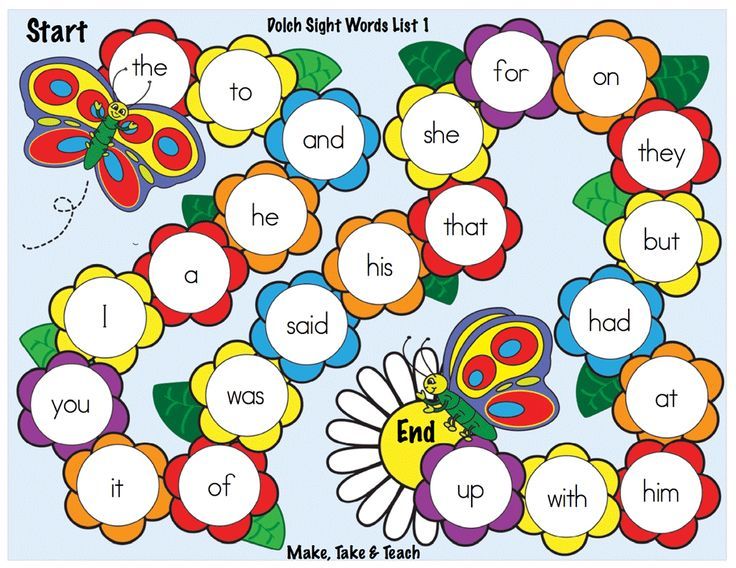 They might not be able to say them until after but you can start teaching colors and their names at one year old.
They might not be able to say them until after but you can start teaching colors and their names at one year old.
- Red
- Blue
- Yellow
- Green
- Eat
- Drink
- Go
- Stop
- Walk
- Sleep/night-night
- Wash
- Kiss
- Open
- Close
- Broken
- Play
- Want
- Hug
- Give (“gimme”)
- All done
- Help
- Shake
- Look
- Sit
- Blow
- Cry
- Throw
- Come (“C’mon”)
TEACH YOUR ONE YEAR OLD LOCATION WORDS (PREPOSITIONS)
- Up
- Down
- On
- Off
TEACH YOUR ONE YEAR OLD WORDS THAT DESCRIBE (Adjectives/Adverbs)
- Big
- Little
- Hot
- Cold
- Funny
- Dirty
- Clean
- Gentle
- Wet
- Soft
- Fast
- Slow
TEACH YOUR ONE YEAR OLD QUANTITY WORDS
As an early start to words you can also integrate sign language.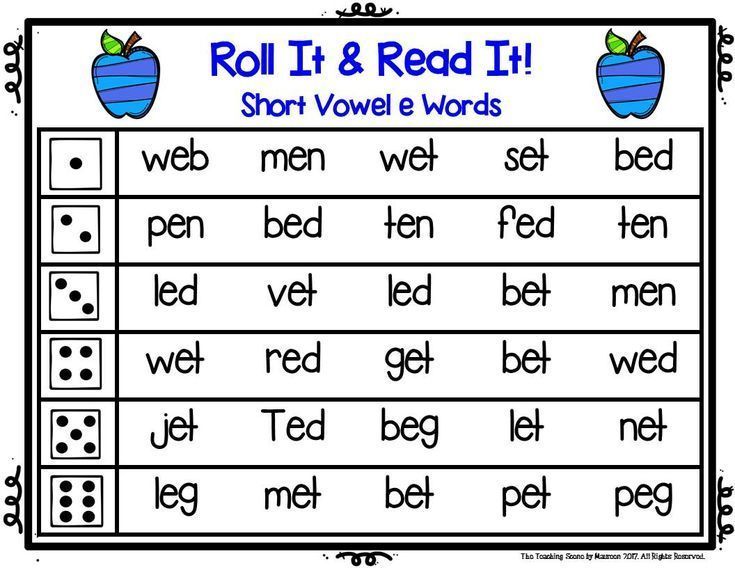 Signs are easier to mimic and if you accompany them with the words you can reduce frustration during the toddler years.
Signs are easier to mimic and if you accompany them with the words you can reduce frustration during the toddler years.
- All
- None
- More
- Numbers (1, 2, 3, 4, 5)
TEACH YOUR ONE YEAR OLD PRONOUNS
- Me
- Mine
- My
- I
- You
TEACH YOUR ONE YEAR OLD ANIMAL NAMES
Most one year olds can identify animals by their sounds (example “neigh”), continue to associate sounds with the name of each animal when playing or using a learning binder. This will encourage them to use the word and not just the sounds (example: Horse).
Children do well-imitating speech when it involves movement or actions. This is the best way to encourage speech. There’s actually a reason behind why children learn to make animal sounds earlier than saying actual words. It’s because it is really simple for kids to learn.
Here are a few animal names you can encourage learning. We do this teaching through our learning binder which combines animal sounds, names and interactive games.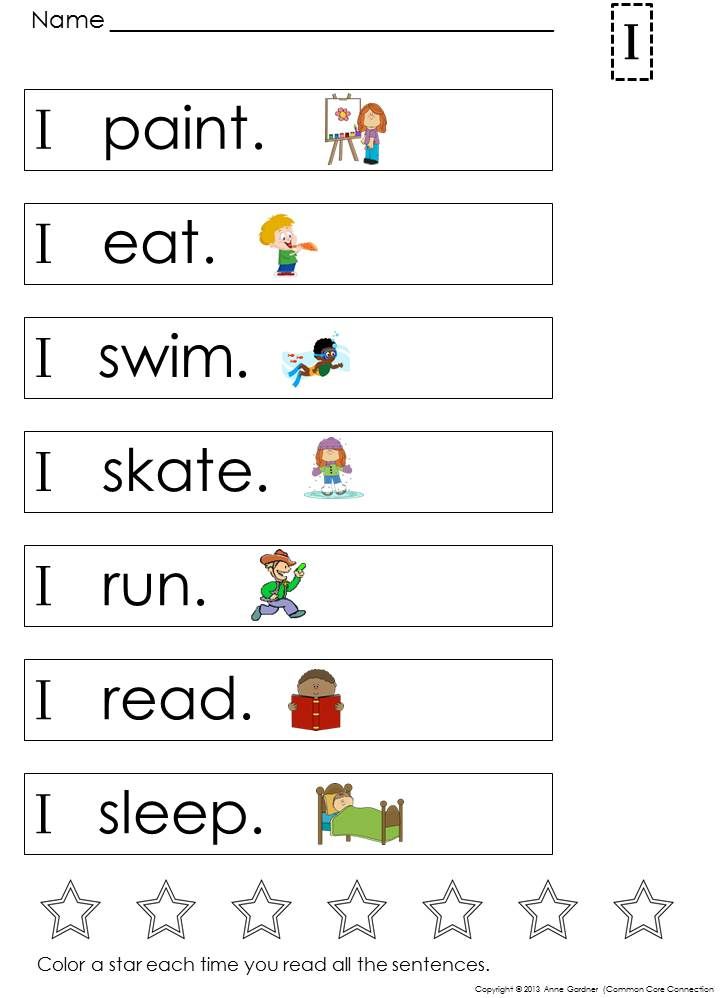
- Dog
- Cat
- Fish
- Bird
- Duck
- Cow
- Horse
- Bunny
- Bear
- Pig
- Lion
- Elephant
- Giraffe
- Zebra
- Monkey
- Chicken
- Bee
- Frog
Print out the PDF Checklist!
If your toddler is not talking enough, and you are feeling they are not talking as expected, Try some of these speech games recommended by a speech pathology or you can use the learning binder to encourage speech with our interactive games. If you are concerned and think your child needs some speech therapy assistance, reach out to your pediatrician as they may be able to refer you to an early intervention speech program.
What’s next?
Wondering if your child is on track with all of his/her milestones? Do you know exactly what you should teach this year to give them a headstart when entering PreK? Find out more
How to teach a child to speak: methods, games and exercises
The formation of a child's speech occurs long before he begins to speak on his own.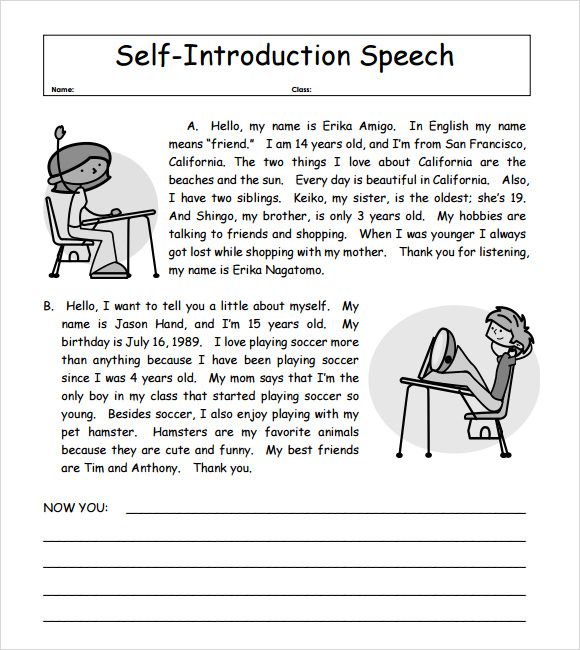 From a very early age, the baby perceives the speech of adults, imitates it, and subsequently relies on the acquired experience. Speech development is not a process that can be left to chance - and in this article you will find out why.
From a very early age, the baby perceives the speech of adults, imitates it, and subsequently relies on the acquired experience. Speech development is not a process that can be left to chance - and in this article you will find out why.
Contents of the article:
- Stages of speech development
- 10 ways to teach your child to talk at home
- Exercises and games for the development of speech
- General tips
- When you need specialist help
- Conclusion
Stages of speech development
The formation of speech occurs gradually, starting from birth. Knowing the approximate stages of speech development at each age, it is much easier to determine the presence of signs of a lag.
- From 0 to 6 months. The baby actively listens to the speech of adults, tries to reproduce the sounds that he still perceives as a melody. He already distinguishes the voices of people who are talking to him.
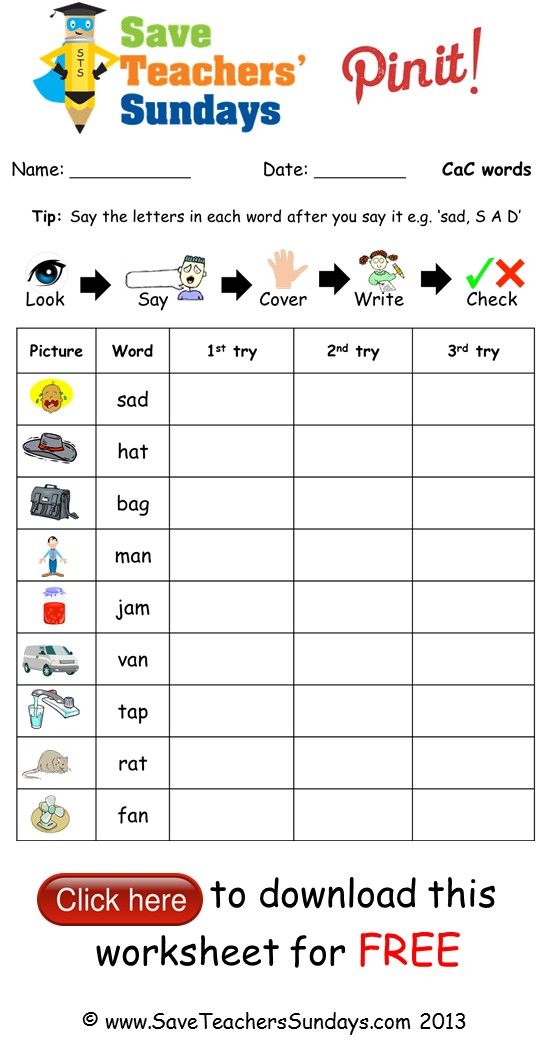 First, the baby masters vowel sounds, and already closer to the age of one and a half months, the consonant sounds “g”, “k”, “x” appear, thanks to which the child begins to “walk”.
First, the baby masters vowel sounds, and already closer to the age of one and a half months, the consonant sounds “g”, “k”, “x” appear, thanks to which the child begins to “walk”. - 6 to 12 months. At this age, the child often imitates the sounds of adult speech. Pronounces separate syllables, for example "ma-ma", "babbles". By the end of the first year of life, the first words and sentences appear. Vocabulary ranges from 2-3 to 20 words, most of which are nouns. nine0012
- 1 year. In a year, speech becomes active and becomes a means of interaction with adults. Together with the ability to move independently, the child accumulates knowledge about the world around him and replenishes his vocabulary, which at this age is 300-400 words. Pronunciation adapts to itself, skipping or replacing complex combinations of sounds.
- 2 years. By the age of two, phrasal speech is formed. At this time, the child is able to formulate a sentence of 2-3 words. Gradually, grammatical categories are mastered, such as number, gender, case.
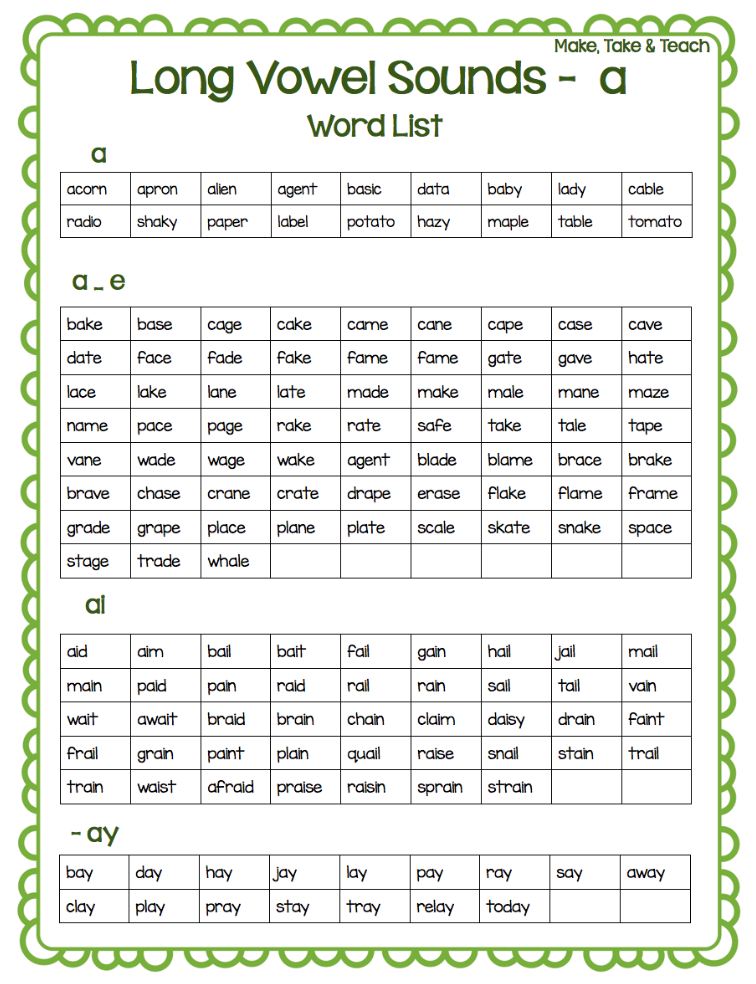 The vocabulary reaches up to 700 units. nine0012
The vocabulary reaches up to 700 units. nine0012 - 3 years. Children of this age actively communicate with adults and peers, but still with the help of simple sentences. A three-year-old child masters the basic laws of the language and, on their basis, invents his own words. This process is called "word-creation" and signals the normal development of the child's speech. Vocabulary - up to 1000 words.
- 4 years. In the fifth year of life, the child "hones" the acquired skills, replenishes the active and passive vocabulary, which is approximately 2000 words. As they grow older, the child begins to pronounce all the sounds of his native language clearly and clearly. nine0012
- By the age of 5, it is considered normal if the child has mastered all aspects of the language and is fluent in speech. If not, this is a reason to immediately contact a specialist.
10 ways to teach your child to talk at home
- The most effective and basic way is to talk to your child as often and as much as possible.
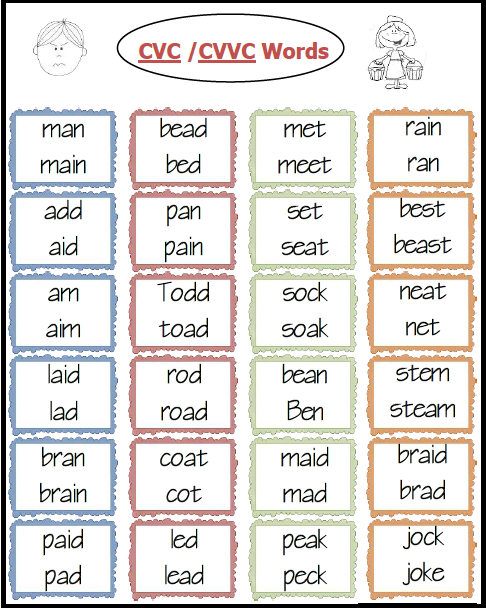 Pediatricians recommend communicating with the child even before he is born. The speech of an adult should be expressive, as babies perceive it on an emotional level. It is possible to teach a child to speak at 1 year old by abandoning sign language and completely switching to verbal communication. Use short and clear sentences, do not distort words. Speak in such a way that the child can observe the movements of the lips and try to independently apply them to his speech. nine0012
Pediatricians recommend communicating with the child even before he is born. The speech of an adult should be expressive, as babies perceive it on an emotional level. It is possible to teach a child to speak at 1 year old by abandoning sign language and completely switching to verbal communication. Use short and clear sentences, do not distort words. Speak in such a way that the child can observe the movements of the lips and try to independently apply them to his speech. nine0012 - Develop fine motor skills. Stimulation of nerve endings on the fingers has a positive effect on the development of speech. Any exercises that involve the motor skills of small muscles are suitable for this method: sorting through cereals, playing with massage balls, stringing beads on a string. (You can link to an article about developing fine motor skills by writing, for example, "Learn more here.") Fine motor skills classes will help to teach a two-year-old child to speak as early as possible. nine0012
- Expand vocabulary.
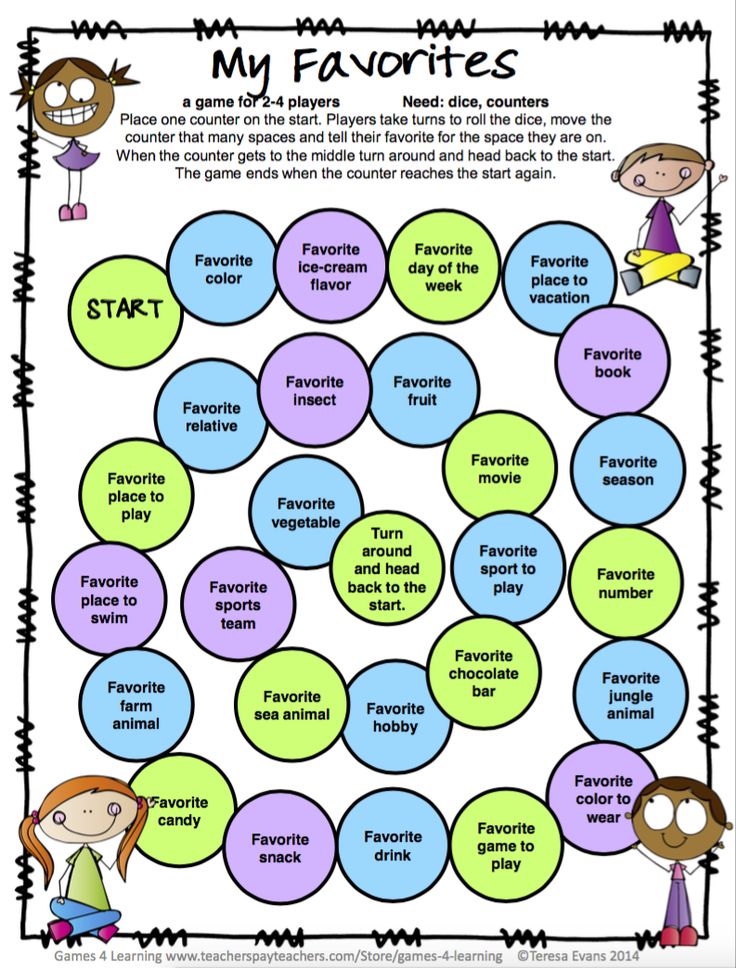 At home, on the street, in a store, in nature, show and call the child the names of the surrounding objects. To his questions in an accessible language, explain the meaning of certain objects, trying not to overload the child's brain with complex terms. This is a natural and inexpensive way to quickly teach your child to speak at 2 years old.
At home, on the street, in a store, in nature, show and call the child the names of the surrounding objects. To his questions in an accessible language, explain the meaning of certain objects, trying not to overload the child's brain with complex terms. This is a natural and inexpensive way to quickly teach your child to speak at 2 years old. - Read books. Children love to look at bright, colorful pictures. Read a book to your child, while pointing at the characters, for example, a bun, a fox, a hare. Simultaneous visual and auditory perception will help you remember words faster and learn how to pronounce them. Set aside time for this activity each day to develop this healthy habit in your child. nine0012
- Sing songs. As much as books, children love songs. Sing along with your child his favorite songs, learn new songs that he will like. In addition to stimulating the speech apparatus, you will provide both yourself and your baby with a good mood.
- Not understanding sign language.
 If your child often uses gestures, replacing words with them, you need to stimulate him to the opposite. Once again, when the baby points his finger at something, pretend that you do not understand him. Try to start a dialogue by asking leading questions, but do not bring the child to hysteria if he is not yet ready for this way of communication. nine0012
If your child often uses gestures, replacing words with them, you need to stimulate him to the opposite. Once again, when the baby points his finger at something, pretend that you do not understand him. Try to start a dialogue by asking leading questions, but do not bring the child to hysteria if he is not yet ready for this way of communication. nine0012 - Take by cunning. When reading a well-known book, intentionally replace words, for example: "I'll sit on a stump, eat a pot (instead of" a pie ")". This technique will inspire your child to listen carefully to the speech, so that next time they can tell you how to do it right. The method is perfect for teaching a child to speak at 3 years old, since by this age children are actively interested in literary works.
- Repeat one after another. As a game, repeat the syllables that he says after the baby, and then offer your own version. The child will be happy to join this activity and will try to give out even more new syllables.
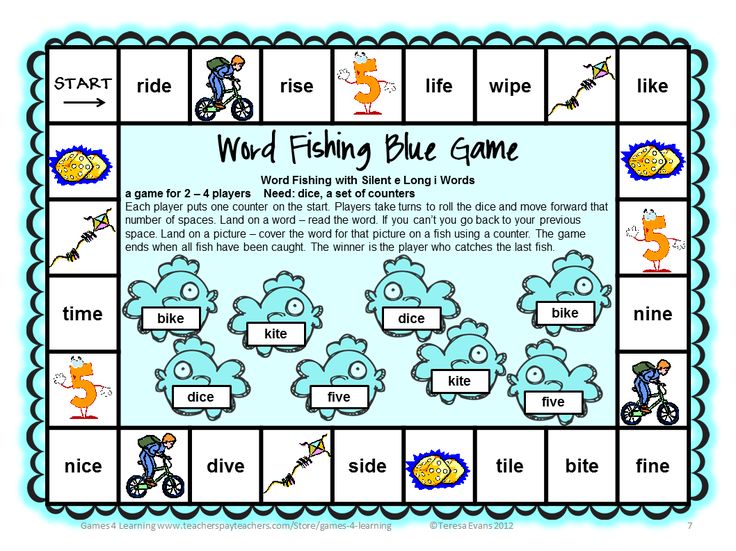 nine0012
nine0012 - Remove distractions. An incessantly running TV or computer with cartoons will drown out any of your attempts to enter into a dialogue. The child needs to hear the lively, clean, correct speech of an adult. To teach a child to speak at 4 years old, you should adhere to the time limits for watching cartoons.
- Show attention. Drop everything when the child comes up to you to tell you something interesting. Listen carefully, ask questions, be surprised and show your interest in every possible way. This will stimulate the desire to share with you everything that comes to mind and that you want to tell. Mutual dialogue is possible and necessary even with a small child, because it will help you quickly learn to talk. nine0012
Exercises and games for the development of speech
Finger games
Favorite activity for all kids. Aimed at the development of fine motor skills and, as a result, the formation of speech. Learn small rhymes with your child, for example, "Magpie Crow.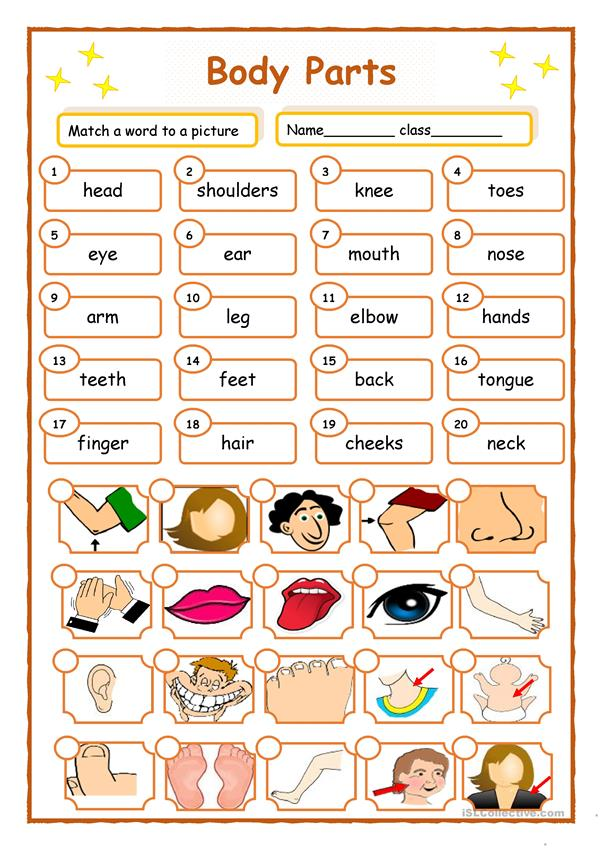 " Connect finger movements that your baby will be happy to repeat. Such games improve fine motor skills and help to teach the child to speak correctly.
" Connect finger movements that your baby will be happy to repeat. Such games improve fine motor skills and help to teach the child to speak correctly.
Articulation exercises
The small muscles of the mouth in childhood need to be trained, as they may not be sufficiently developed. To strengthen them, daily articulation exercises are required. Sit with your child at the mirror to control the correct execution of the exercises. Follow the movements of the lips and tongue, showing the child an example for his independent work.
Exercises for the development of speech breathing
It is important to teach a child to breathe correctly, starting from the moment of his speech development. The air released by us during the pronunciation of speech is the source of sound. Many simple and easily accessible exercises are aimed at developing breathing, for example: blow on a dandelion, inflate a balloon, blow soap bubbles. nine0003
Music games
You can teach your child to speak with the help of music games.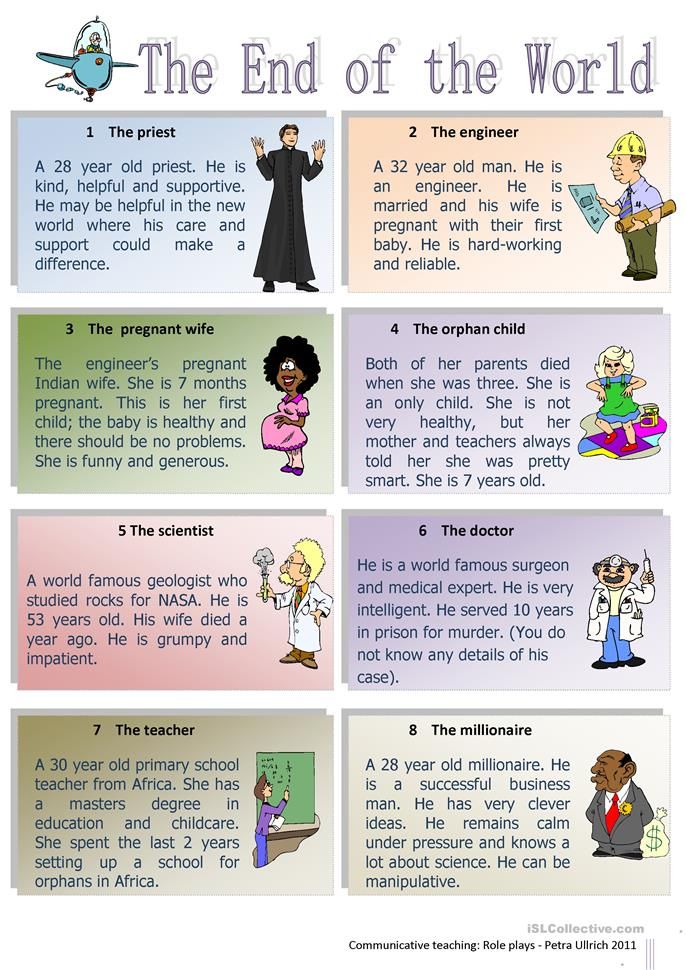 When children sing, the assimilation of sounds, syllables and, ultimately, words is easier for them. Musical games can be organized in several variations: with musical instruments (spoons, drum), songs with onomatopoeia of animals, songs with the simultaneous execution of simple movements.
When children sing, the assimilation of sounds, syllables and, ultimately, words is easier for them. Musical games can be organized in several variations: with musical instruments (spoons, drum), songs with onomatopoeia of animals, songs with the simultaneous execution of simple movements.
Didactic games
There are a huge number of games and methods using didactic material. And almost all of them can be applied to the development of speech. The game "Magic Bag" is great for developing speech skills. Rules of the game: in the bag there are objects of various shapes and sizes. The child is invited to feel to choose an object and describe it. Pronunciation of the signs of an object reinforces speech, and also helps in the formation of initial mathematical concepts. nine0003
General advice
In the development of a child's speech, it is important to be guided by the general principle "Do no harm". It must be remembered that each child develops according to his own individual model and it does not always adapt to the described stages of development. We recommend adhering to principles that apply in general to the entire process of raising and developing children.
We recommend adhering to principles that apply in general to the entire process of raising and developing children.
- The principle of play form. For a child of preschool age, the leading activity is the game. The more interesting the lesson is built, the more involved the child will be in it. Don't force me to play. Get interested instead. nine0012
- The principle of mutual dialogue. Talking to children is not a waste of time, as it might seem at first glance. Bring the child to a dialogue, keep up a conversation with him, tell and listen carefully. Communication is the most effective way to teach a child to speak early.
- Problem acceptance principle. It is difficult to admit to oneself that the child has any problems. However, the sooner you start working on the bugs, the faster you will get the result. Do not be afraid to turn to professionals if you see that independent work does not bear fruit. nine0012
- The principle of accepting individuality.
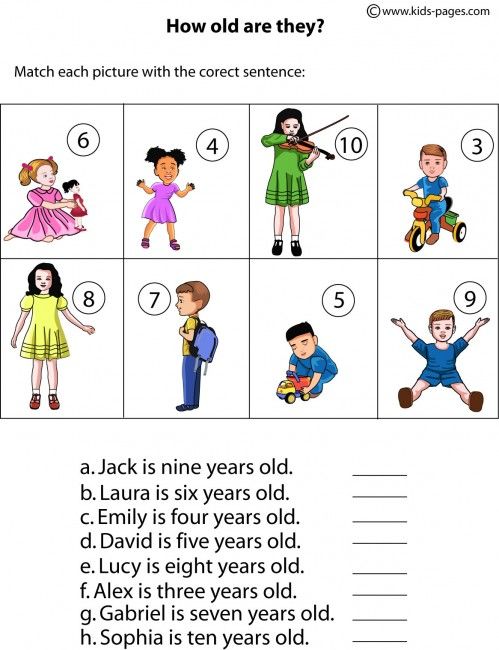 Your child is already a separate person, even if he is just starting to stand on his feet. You should not compare him with peers who are already telling poems with might and main. Instead of criticizing, praise every achievement of your child and then he will definitely speak.
Your child is already a separate person, even if he is just starting to stand on his feet. You should not compare him with peers who are already telling poems with might and main. Instead of criticizing, praise every achievement of your child and then he will definitely speak.
When the help of specialists is needed
When a problem is discovered and the right ways to solve it will help prevent further lagging behind the child. It is necessary to be patient, aim for a positive result and give your child a chance to painlessly enter the social world and learn to exist in it. nine0003
Reasons to start working on the development of speech together with a speech therapist, neurologist and other specialists:
- after 8 months the baby does not respond to calls to him;
- nasal voice appears;
- there is not enough air to complete the phrase;
- during a conversation there is increased salivation;
- at 2 years old, the child speaks only in syllables;
- at 3 years old, the child still tends to speak only in simple words; nine0012
- at the age of 4, the sense of syllable was not developed and the words were distorted.
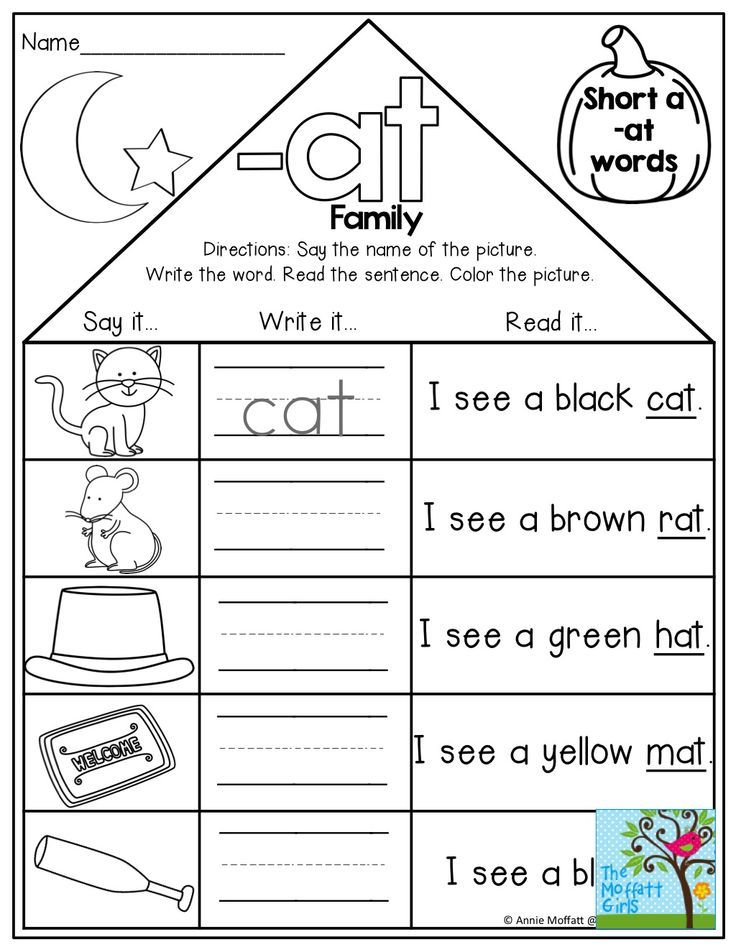
Conclusion
Children's development centers "Baby Club" have been helping parents in the development of children since 2000. Our mission is the harmonious development of the child and his formation as an independent person.
Baby club teachers will find an individual approach to your baby. And a rich environment and a children's team will help the child quickly enter society and start talking. Contact our centers, because preventing a problem is easier than dealing with its consequences. nine0003
How to teach a child to speak - Lifehacker
June 18, 2019 Likbez Tips
It is necessary to talk with a baby from the first days of life.
Why seizing the moment is important
Children develop language skills much earlier than many parents realize.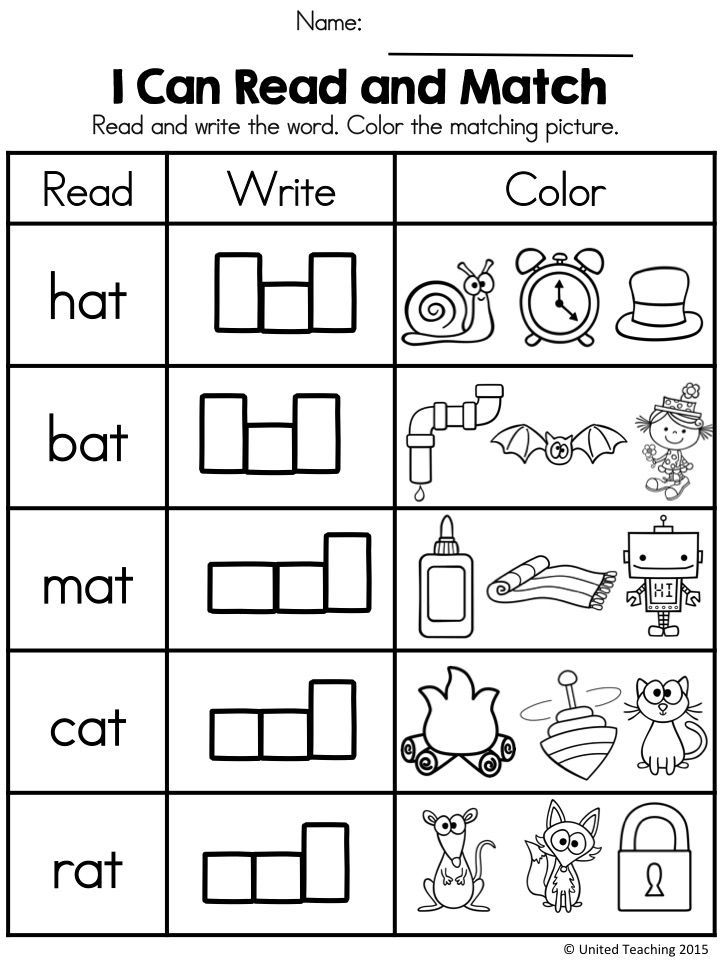 A month before birth, a child can already distinguish between different languages by rhythm. And fundamental knowledge about the structure, melody and intonations of native speech is laid in the first months of life. nine0003
A month before birth, a child can already distinguish between different languages by rhythm. And fundamental knowledge about the structure, melody and intonations of native speech is laid in the first months of life. nine0003
By talking to your child, you are not just shaking the air, but building the foundation for his success in the future. Children with whom their parents did not talk much, by the age of two, may lag behind their peers in development by about six months. The more words a baby hears in the first three years of life, the higher his IQ and chances of getting good grades in school will be.
Conclusion: talk to the child as often as possible, even if he is not yet able to answer. Be actively involved in his language education, taking into account age characteristics. And remember: the Internet, YouTube videos, and even scientific TV programs cannot replace human interaction. nine0003
How to teach a child to speak from birth to 3 months
What a child learns
- Recognize sounds and associate them with certain lip movements.
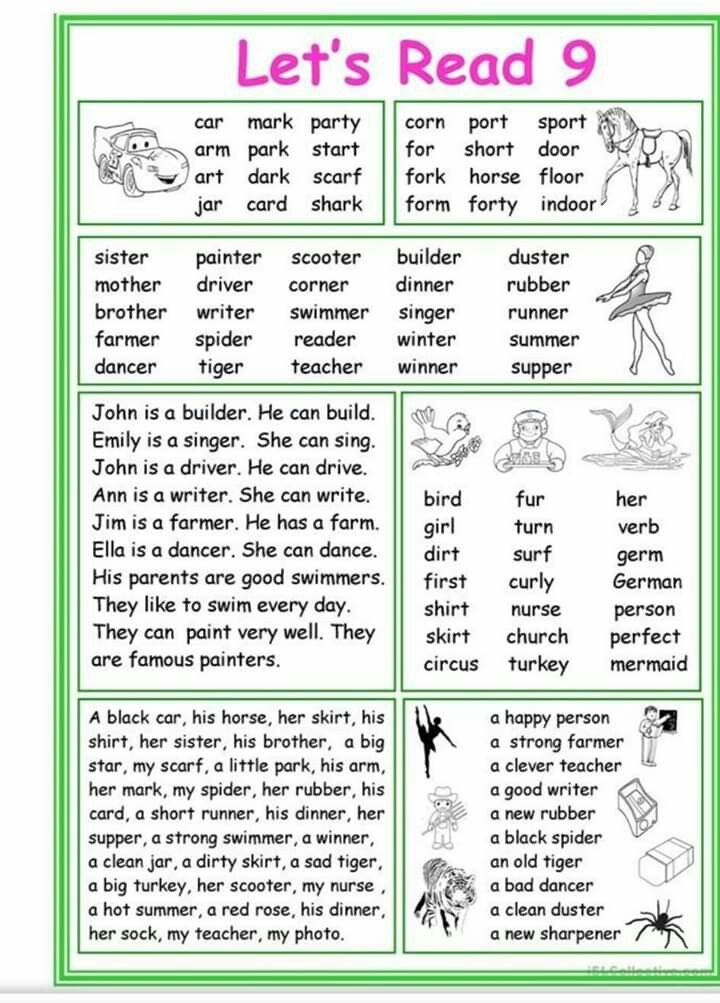 Barely born, the baby already knows how to recognize the voice of the mother. The child begins to listen to the surrounding ocean of unfamiliar sounds and learns to extract meaning from it.
Barely born, the baby already knows how to recognize the voice of the mother. The child begins to listen to the surrounding ocean of unfamiliar sounds and learns to extract meaning from it. - Walk and coo. Various combinations of vowels "a", "y", "s" and consonants "g" and "m" are the first things parents hear from a baby, except for crying, screaming and groaning. Usually, babies are drawn to talking when they are full and happy with life. Agukaya, babies, among other things, develop facial muscles that will later help them produce more complex sounds. nine0012
How you can help
- Sing, tell rhymes and sayings. Moreover, it is possible even before birth: the child begins to hear already at the 16th week of intrauterine development. So it will be easier for a new person to understand the rhythm of the language.
- Speak softly and melodiously. Adults intuitively communicate with the baby in a more subtle and melodious voice, stretching the vowels.
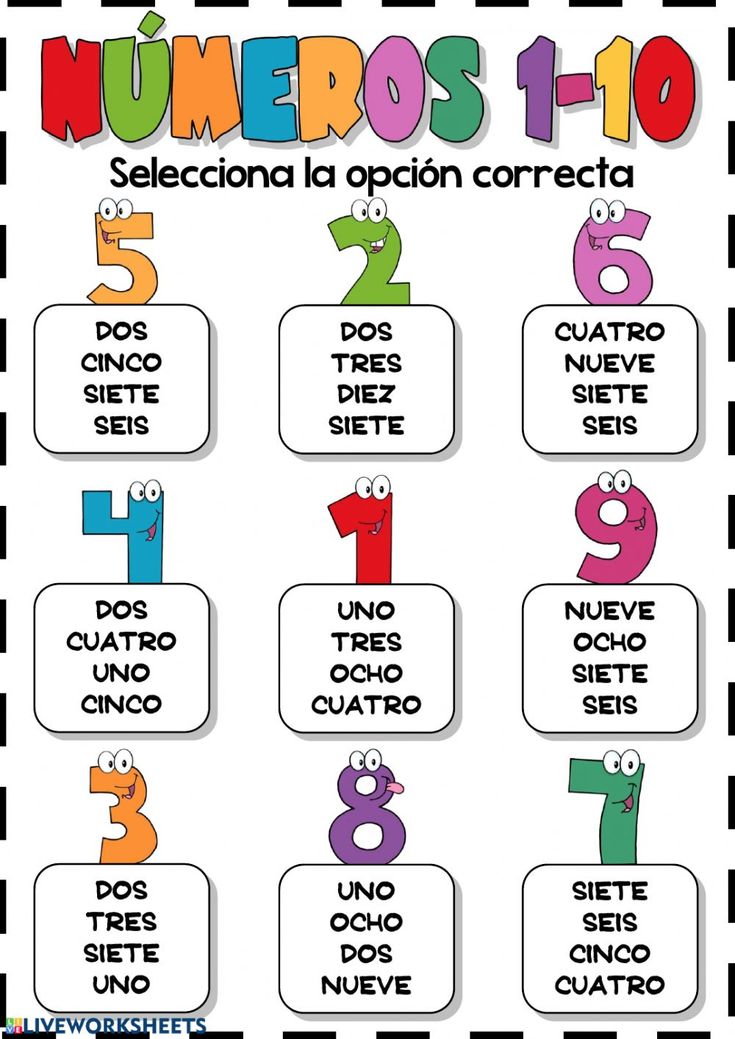 And it is right. Various studies show that this style attracts babies, helps them learn the language and develop social skills. nine0012
And it is right. Various studies show that this style attracts babies, helps them learn the language and develop social skills. nine0012 - Maintain silence. Toddlers need time to play with their voice and not be distracted by TV sound, music, and other noises.
When to worry
If after three months the baby is still not cooing, it makes sense to consult a pediatrician, neurologist and ENT specialist.
How to teach a child to speak from 3 to 6 months
What a child learns
- Respond to your name. By six months, most babies know their names. In addition, they respond to some familiar words like "mom" and "dad." nine0012
- Recognize intonation. The kid is sensitive to how they are addressed - he smiles in response to a gentle voice and may cry when he hears a rude tone.
- Imitate the speech of adults. The baby adopts the tone, rhythm and pace of the speech that he hears.
- Build more complex chains of sounds. This is no longer a monosyllabic coo, but the overflow of vowels, which speech therapists call a flute.
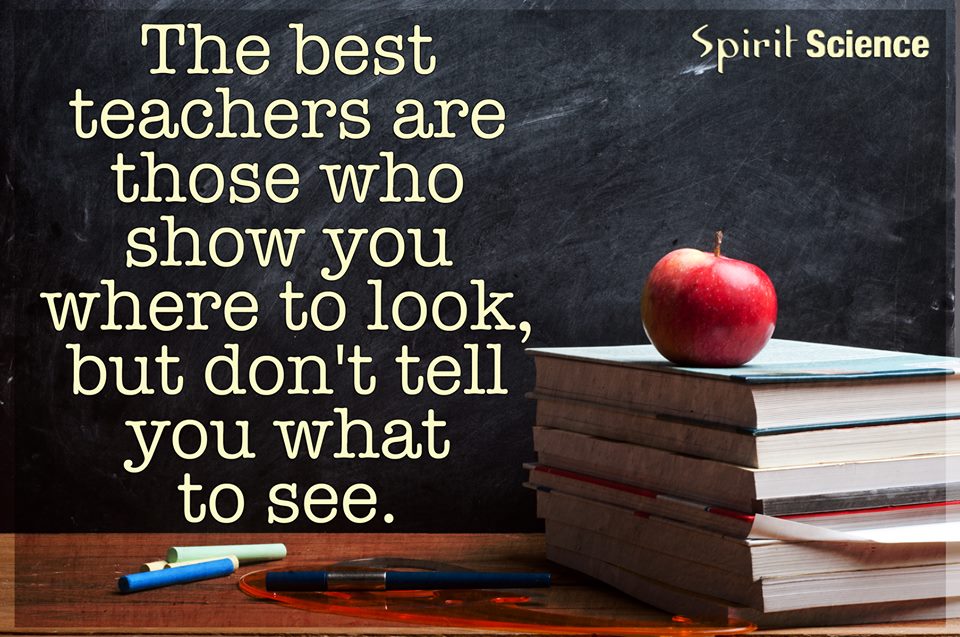
How you can help
- Play Who's This? Bring the baby to the mirror and ask: "Who is this?" Then say the child's name. nine0012
- Master the art of talking to children. In English, there is the concept of baby talk - a conversation focused on kids. In Russian, we often call this process lisping, thereby belittling its significance. Meanwhile, by playing along with the baby, you help him learn the language faster. In the future, it will be easier for the child to learn more complex words. Here are some baby talk techniques:
- Child imitation: adults do not pronounce certain sounds.
- Replacement of pronouns with nouns. We ask: “Does Anya want to go for a walk?” instead of "Do you want to go out?". nine0012
- Simplification of words and constructions to “wawa”, “dude” and “Fu, what a!”.
- Use of melodious intonations and diminutive suffixes.
Baby talk helps children feel parental love, creates a sense of comfort and security.
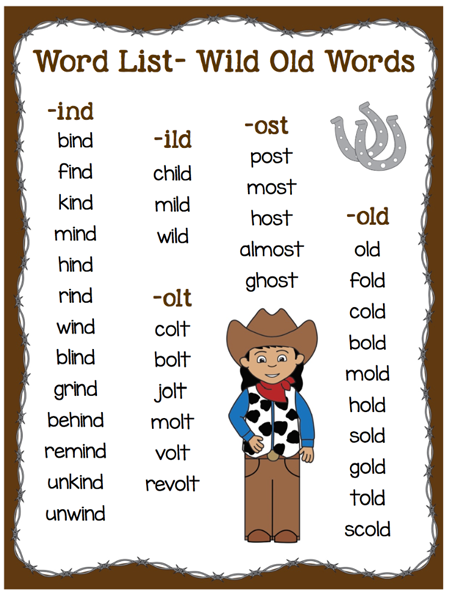
When to worry
At six months, the baby does not laugh, does not pay attention to new sounds.
How to teach a child to speak from 6 to 9 months
What the child is learning
- Recognize short phrases in context. For example, he may wave his hand in response to your: “Bye-bye!”
- Babbling. The talker with manic persistence repeats the syllables “ba-ba-ba”, “pa-pa-pa”, “ma-ma-ma”, “da-da-da”, “ta-ta-ta”, “ka-ka -ka" and "ha-ha-ha". Some adults perceive baby talk as conscious speech, and argue which word the baby said first - “dad” or “mother”. Although he simply pleases his hearing and trains his speech apparatus. nine0012
- Express emotions. In the babbling of a baby, one can discern pleasure or, conversely, grumpy notes.
How you can help
- Play sound games. Repeat the syllables the child says. Say different sounds and short words yourself so that the baby can imitate you.
- Show how to speak.
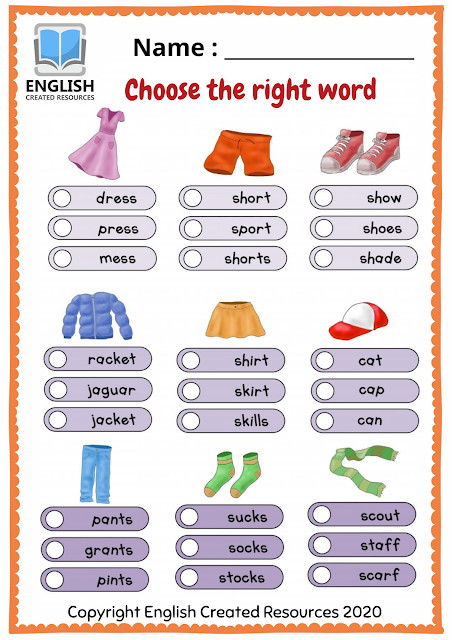 “Work with your face” - it is important that the little one sees how you reproduce sounds. There is also such a technique: when you say something, put a child's hand to your lips so that the child feels their movement. nine0012
“Work with your face” - it is important that the little one sees how you reproduce sounds. There is also such a technique: when you say something, put a child's hand to your lips so that the child feels their movement. nine0012
When to worry
The kid does not imitate the intonations of adults, does not respond to his name, mutters rarely and monotonously.
How to teach a child to speak from 9 months to a year
What a child is learning
- Understand short phrases, point to objects that you name. At this age, babies understand much more than they can say.
- Say the first meaningful words. One-year-old butuzes, as a rule, confidently say a few words, including the necessary for survival "mom", "dad", "give". Vocabulary can vary from two or three to 20 words, and 80% of them are nouns. nine0012
How you can help
- Comment on what you are doing. If you want the baby to quickly call you mom or dad consciously, explain to him what you are doing at the moment.
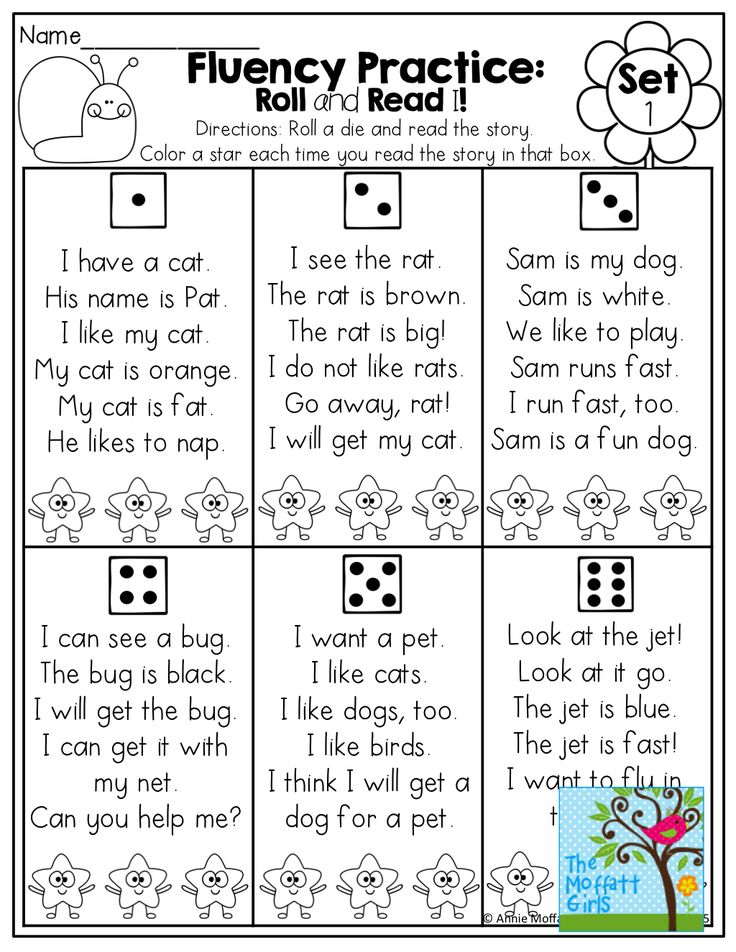 “Mom drinks coffee”, “Dad goes to the store”, “Mom works”. Ideally, if your day is full of events - the more diverse the situation, the more new words the future speaker will learn.
“Mom drinks coffee”, “Dad goes to the store”, “Mom works”. Ideally, if your day is full of events - the more diverse the situation, the more new words the future speaker will learn. - Tell us what and how it is called - parts of the body, objects. Say the names of relatives and friends. Complicate the phrases over time. From "Look, cat!" go to "Look, black cat!". If the child tries to repeat after you, support his efforts: name the object again and again. nine0012
- Continue to practice baby talk. When communicating with children aged nine months to one year and nine months, it is still useful to use baby words like “lyalya” and “kisya”. Stretching vowels is also recommended - for example, when you ask: "How are you?" So the baby learns to speak faster.
- Read books with large bright pictures. Name the objects and ask the child to show them in the picture.
- Help develop articulation. Build faces, make faces, show your tongue - in a variety of ways provoke the baby to do exercises for the muscles of the face.
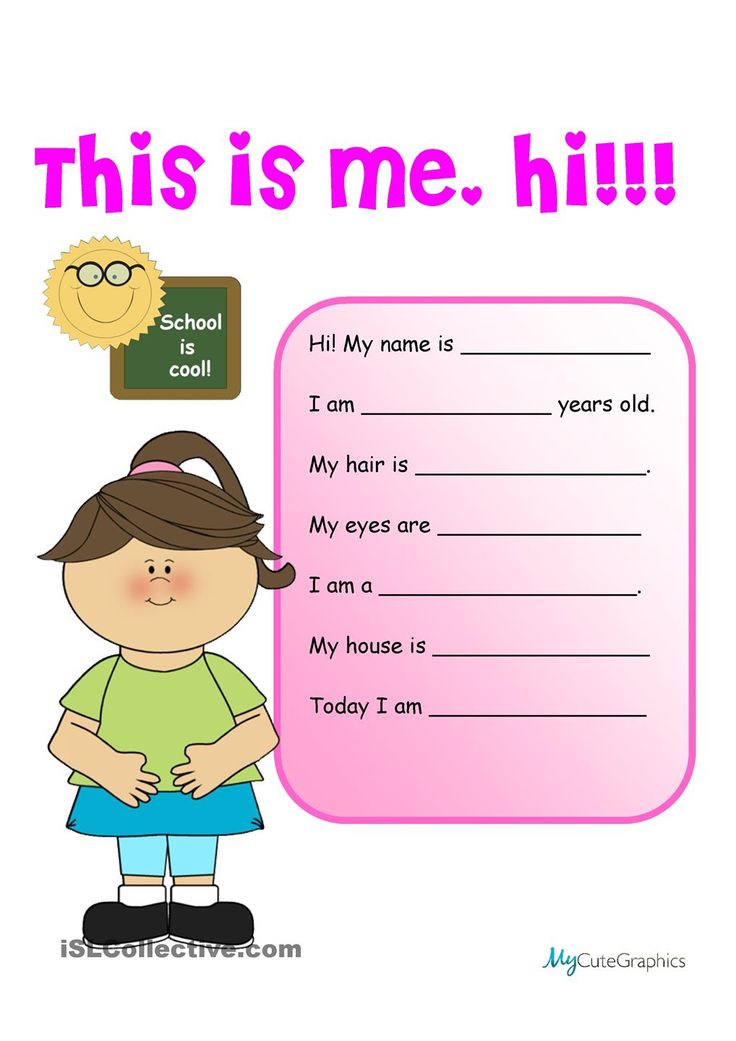 nine0012
nine0012 - Refuse the pacifier. Babies who still suckle a pacifier after a year are more likely to have trouble articulating sounds made in the front of their mouths, like "p", "b", "t", "d", and "s".
When to worry
At the age of one to one year and three months, the child still does not say "mom" and "dad", cannot point to the object in the picture.
How to teach a child to speak from one to two years old
What a child learns
- Say "No!". If the baby does not want to eat porridge, he is already able to shake his head and refuse.
- Build the first simple phrases. The child is still doing well with simplifications: “Here is uk” instead of “There is an onion here”, “De ba?” instead of "Where and why did grandma go?".
- Memorize many new words. During this period, most children experience the so-called lexical explosion. More verbs and other parts of speech appear in speech, and the vocabulary increases to 300–400 words by the age of two.
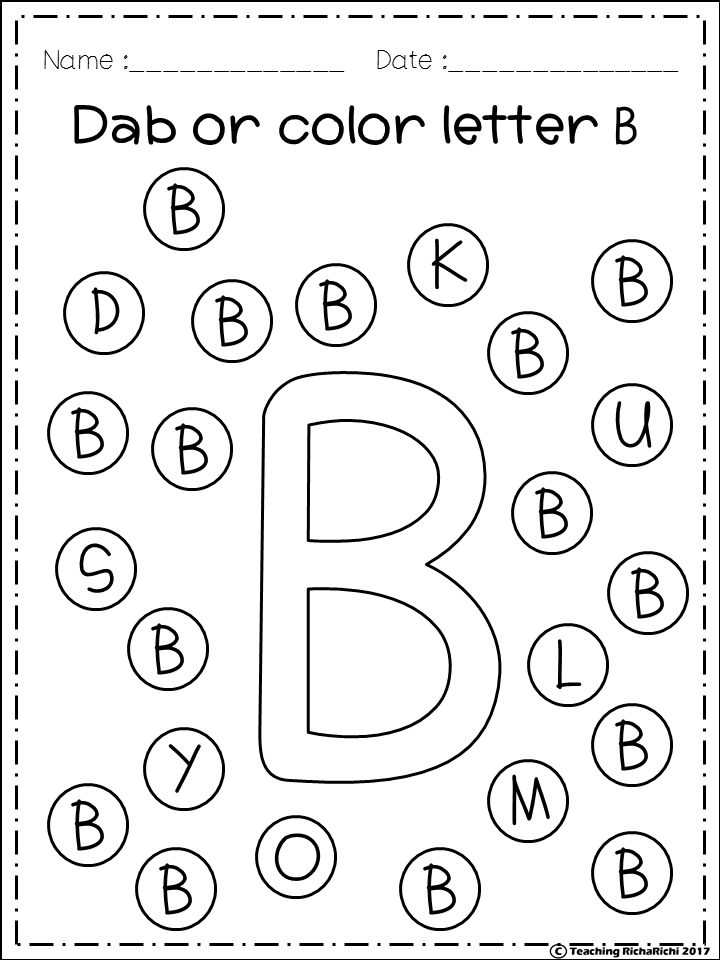 But it's okay if your child starts chattering a little later - after two. nine0012
But it's okay if your child starts chattering a little later - after two. nine0012
How you can help
- Use more new words and engage your baby in dialogue. Studies have shown that the more often parents communicate with a child in the period from one and a half to two years, the better his IQ and linguistic skills in adolescence. It is especially important that the baby responds to you.
- Act like you have a problem with sign language. Sometimes the baby is just too lazy to say the words. Why, if you can point a finger. Pretend you don't understand him. Ask to speak in words. At a minimum, try to build a conversation: “Do you want more tea? With sugar or without? Is it really delicious?" nine0012
- Encourage attempts to speak. Even if you really don't understand what the child is trying to say, don't give up. Offer options, ask again if you understood everything correctly. And no irritation! Only love and infinite patience.
- Ask for help. For example, let him put a cup on the table or bring you an apple.
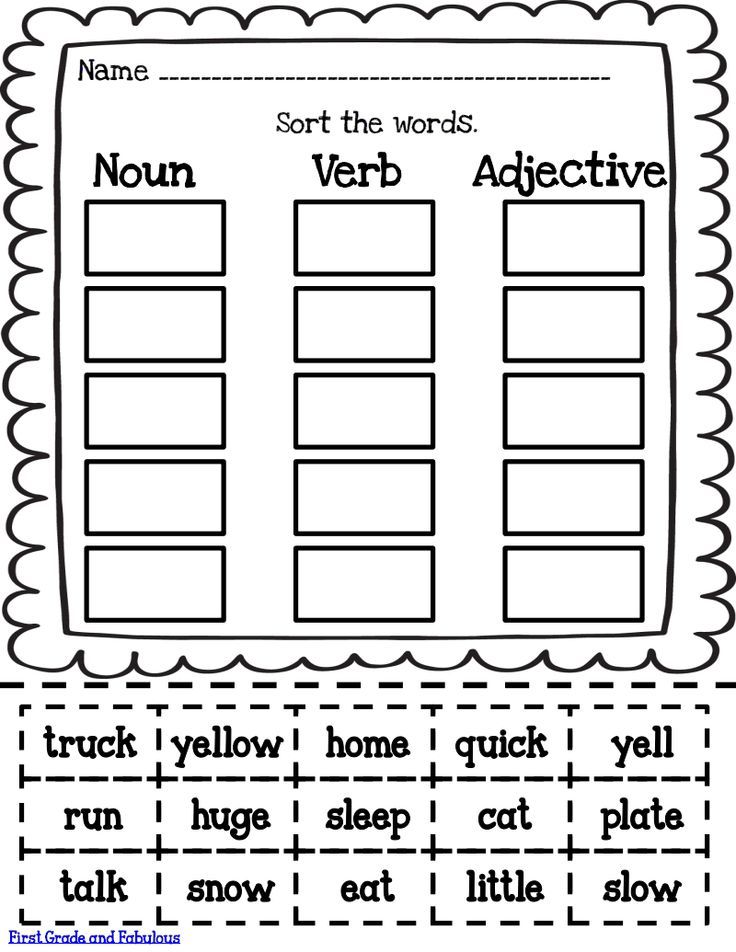
Richard N. Aslin
professor of cognitive science, specialist in speech development and comprehension in children
New words are not easy for young children to learn. They need to coordinate more than a hundred muscles of the vocal tract. For its development it is useful to blow soap bubbles. nine0003
When to worry
At the age of one and a half, the baby does not listen to the conversations of others and does not speak conscious words.
A two-year-old cannot repeat after adults, even if the word is pronounced several times. He does not answer simple questions and prefers to communicate with gestures. This is an occasion to visit a speech therapist for the first time.
How to teach a child to speak from 2 to 3 years old
What a child is learning
- Follow the development of the plot. The kid is already able to perceive a story 5-10 minutes long. nine0012
- Use abstract concepts. He already knows what it is now, what it is like to be sad, and the more different from the less.
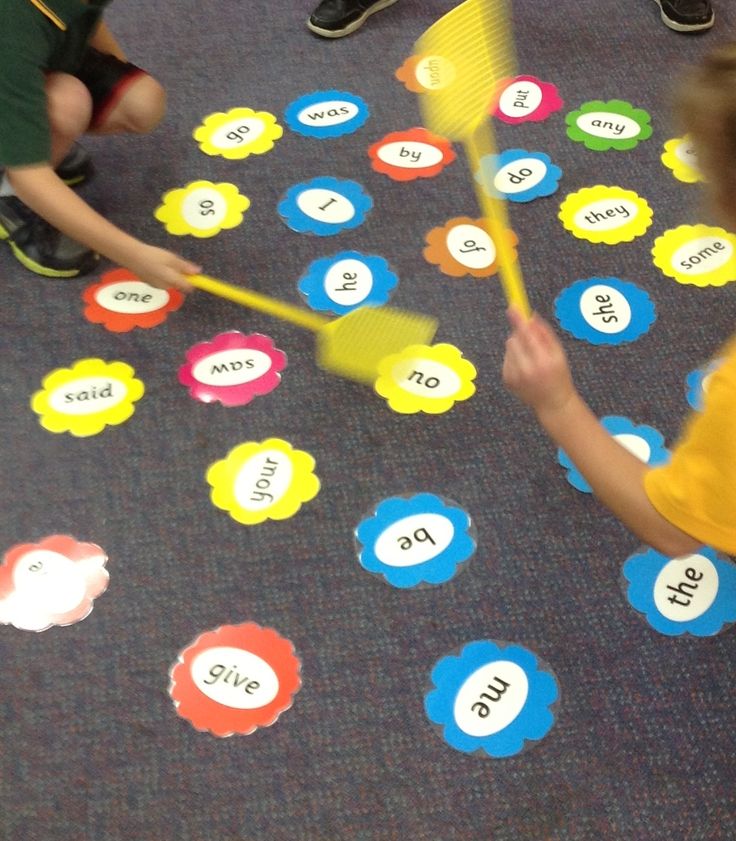
- Build multi-word phrases. After two years, the baby masters participles and prepositions, and a little later - unions and pronouns. By the age of three, the vocabulary reaches 250-700 words, and the length of phrases is 5-8 words.
How you can help
- Ask questions. Many and different - about the size, quantity, color, intentions. It is important that the baby could not answer in monosyllables - “yes” or “no”. “Look, what fat worms! How many are there? Where do you think they're going?" nine0012
- Use more complex sentences. Don't limit yourself to short sentences. Speech with subordinate clauses, participles and adverbs, adjectives and adverbs will help the child master the structure of the language.
Erica Hoff
professor of psychology, author of Language Development
Children cannot learn what they do not hear.
- Read every day. And talk about what you read.
- Learn children's songs. This will make it easier for your child to memorize new words.
